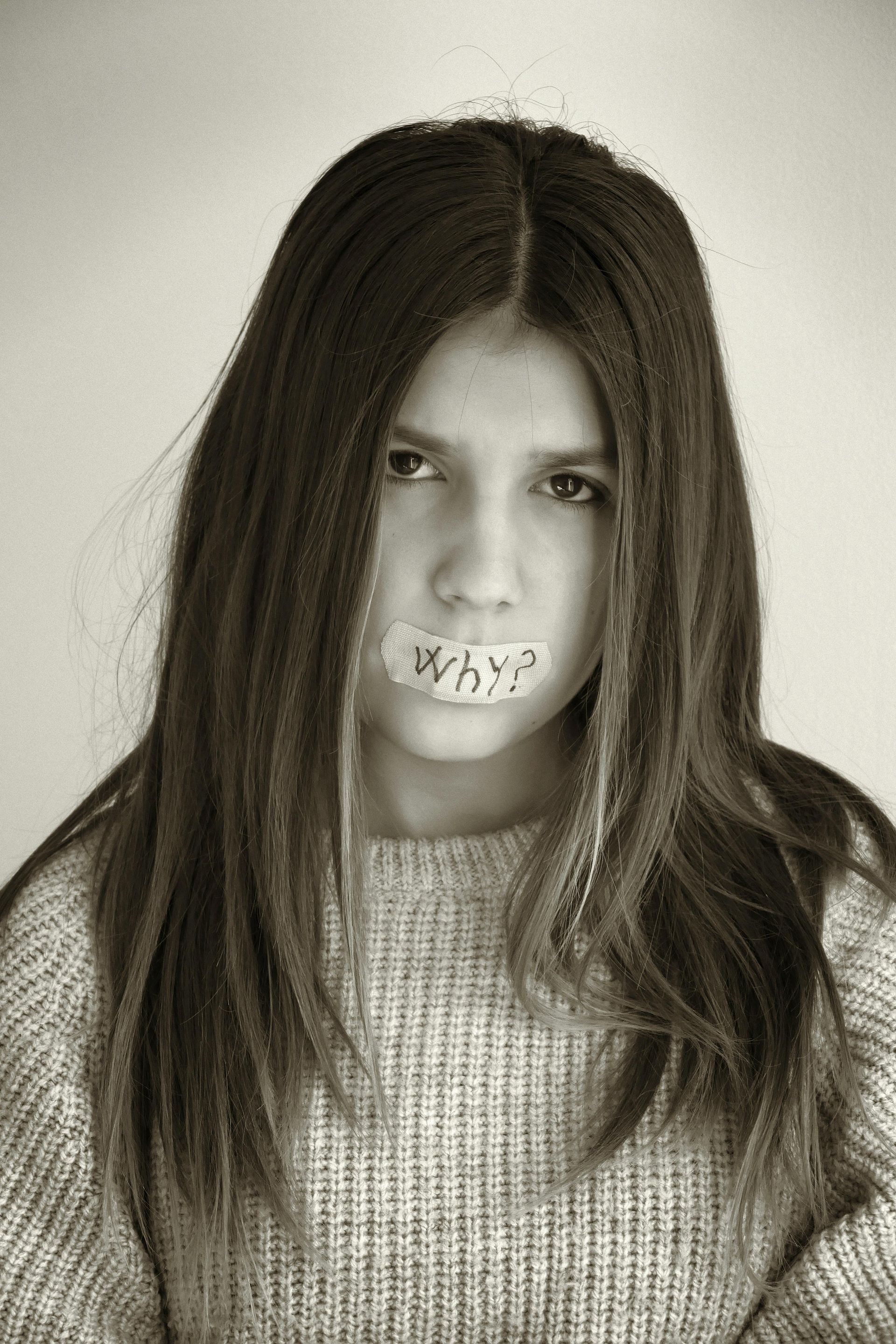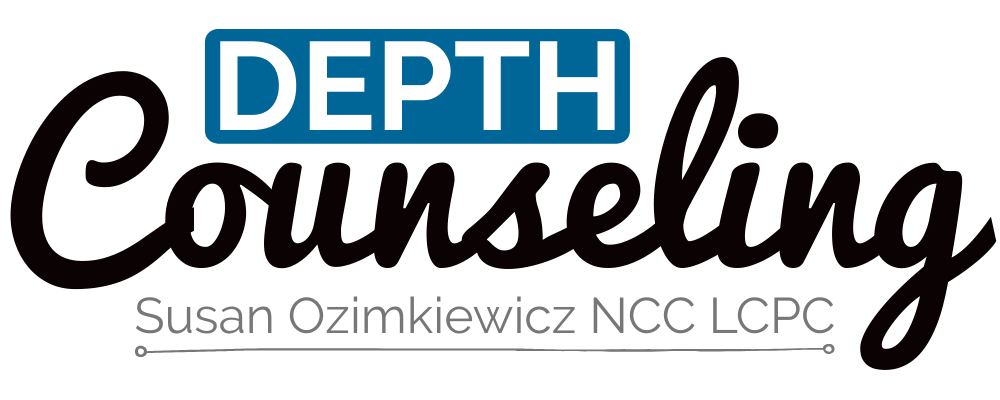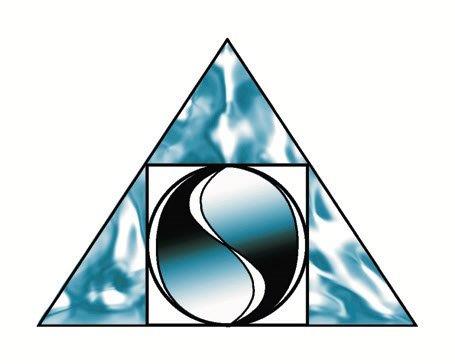It Is Not About What It Is About

“I exist as I am, that is enough.” ─ Walt Whitman
Sometimes a person will come into therapy with a presenting problem as their opening reason for showing up. After a while it will be revealed that the problem is not about the original presentation but about something else and they will state with a cynicism “and then there’s “that!”
Some of my clients will tell me about emotional trauma, their huge life events, and they might say to me, “That’s that!” Others have said, “and then there’s that, and that’s all there is or amen to that!” These statements, “that’s that,” etc., seems to imply a finality as an acceptance of their state of affairs or a particular situational event. It rings a mental bell reminding them of the fact that some things are unalterable in life. When a client states a “that,” they are saying it cannot be changed, and they have to accept it because this is the way it is. Emily Dickinson describes this dynamic in her poem: That it will never come again.
That it will never come again
Is what makes life so sweet.
Believing what we don’t believe
Does not exhilarate.
That if it be, it be at best
An ablative estate —
This instigates an appetite
Precisely opposite.
When there is the thought, or if it is said out loud, “that’s that” it is a ruse or a trick upon oneself. Because that phrase takes you back to exactly the opposite of acceptance and finality. The idiom “that’s that” implies that there’s nothing more to say about “it.” Actually, there is more, the personal situation needs to be processed, digested, absorbed and assimilated with meaningful integration into one’s life. When a person says, “And then there’s that” they are saying that is the thing they are keeping away from themselves, as if it is out there and stands alone. There are various methods that can be used in therapy to integrate a life’s emotional situation such as sand tray, expressive arts, and EMDR, Eye Movement Desensitization and Reprocessing. There is a way metaphorically speaking that readily accomplishes integration by doing the hokey-Pokey.
Do the Hokey-Pokey That’s What It’s All About
This is a song and a rhythmic circle dance for everyone of all ages. Many different parts of the whole body are isolated such as a hand and shook. The song calls out for each limb to participate. The dictionary said that the word hokey-pokey was taken from the magical words hocus-pocus thereby indicating trickery. This is a song and dance that get you to integrate your entire self as you shake yourself all up. The whole self magically becomes alive and invigorated.
Psychologically, through the participation in the song and dance there’s a magical effect that is an authentic movement. According to Occam’s Razor, this notion says that when it’s applied, it points toward all things being equal, that the simplest explanation for a phenomenon is the preferred one. As you move about there is a shift into a vibration that gives an energetic vitality to your life. Once you decide to take a step into something pretty soon your whole self can get immersed in it. Here is the verse from the song and dance from Robert Chambers’ Popular Rhymes of Scotland from 1826.
You put your whole self in
You put your whole self out
You put your whole self in
and you shake it all about
You do the hokey-pokey
and you turn yourself around
That what it’s all about!
(The original author is unknown to me)
“ The heart wants what it wants, there’s no logic to this thing, you meet someone and you fall in love that’s that.” ─ Unknown







